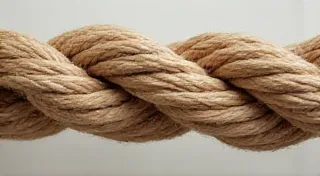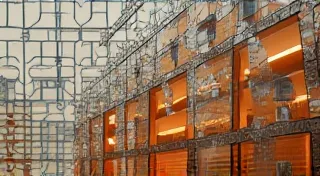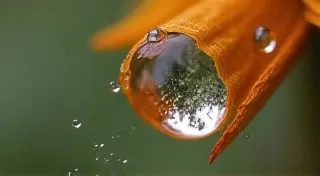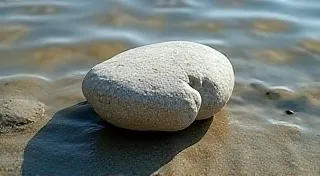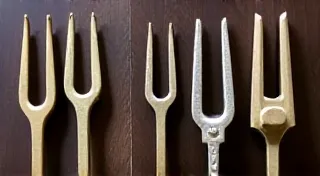Hibernal Embrace: Protecting Your Juniper’s Soul Through Winter
The winter solstice. A moment suspended between endings and beginnings. It's a time that resonates deeply within us, and within the living artwork we cultivate – our juniper bonsai. More than just a practical task, winter protection for these miniature trees is a ritual, a gesture of profound respect and understanding of the life force contained within their tiny forms. It's an act of nurturing, safeguarding not just their physical wellbeing, but the very creative spark they embody.
I’ve always found a parallel between tending to bonsai and restoring antique accordions. My grandfather, a carpenter by trade, collected them. He’s the one who first taught me to appreciate the beauty of slow, deliberate craftsmanship. Each bellows, each key, each intricately carved detail – a testament to patience and skill. These instruments, once vibrant with music, often bore the marks of time: cracks, fading paint, sticking keys. He wouldn't rush the restoration. He's explain that forcing a repair would only lead to further damage. The process demanded careful assessment, precise cleaning, thoughtful repairs. And, crucially, recognizing when to simply preserve the aged character, allowing the history to shine through.
Juniper bonsai, in their own way, echo this sentiment. They’re living sculptures, shaped by decades – sometimes centuries – of careful manipulation and environmental influence. Winter, however, presents a unique challenge. The vibrant energy of growth slows, retreats inwards, but the risk of damage remains. Just as a neglected accordion can crumble into dust, a juniper bonsai left exposed to harsh winter conditions can suffer irreversible harm.
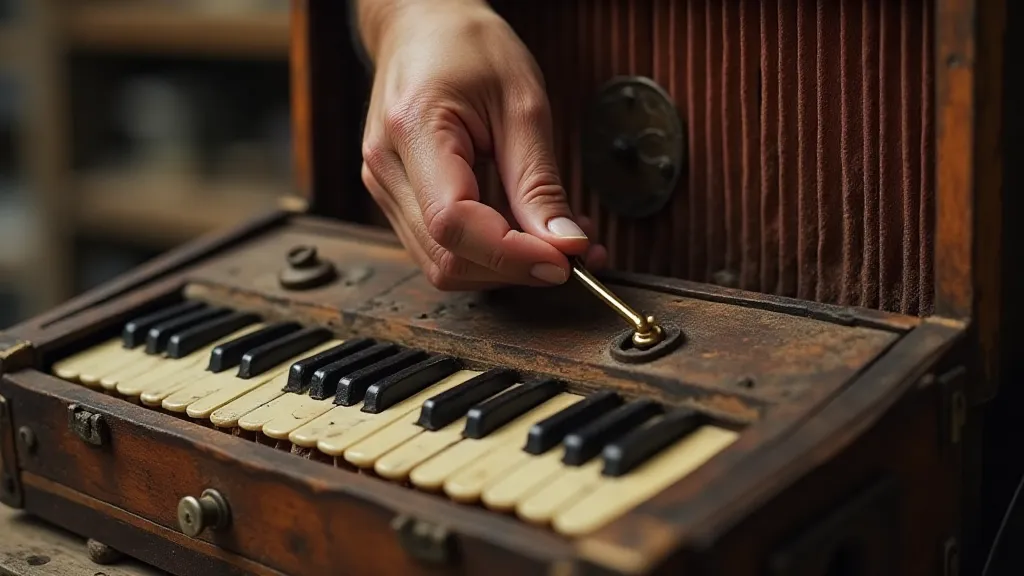
Understanding Juniper’s Winter Vulnerabilities
The specific needs of your juniper bonsai during winter depend heavily on your climate. Junipers, being evergreen conifers, *can* tolerate cold temperatures, but they’re not invincible. The primary threats aren’t necessarily the temperature itself, but the factors exacerbated by freezing conditions: desiccation (drying out), sunscald, and sudden temperature fluctuations.
Desiccation, particularly in areas with drying winds, is a major concern. The tree continues to lose moisture through its needles, but the frozen ground restricts water uptake. Sunscald occurs when the sun’s rays are reflected off snow or ice, warming the needles during the day and then shocking them with freezing temperatures at night. Rapid temperature shifts, moving from a heated greenhouse to a sudden freeze, are equally detrimental.
Practical Winter Protection Techniques
The goal isn't to keep your juniper bonsai perpetually warm – that can actually be more harmful than helpful. Instead, aim to shield it from the harshest elements, to create a microclimate that mimics a protected, slightly cooler environment.
1. The Cold Frame Solution
A cold frame is arguably the most effective method for protecting juniper bonsai in colder climates. It's essentially an enclosed box with a clear lid, providing insulation and shielding from wind and direct sunlight. You can build your own or purchase a ready-made unit. Inside, place a layer of mulch (pine needles or straw work well) to further insulate the roots. The key here is ventilation; on milder days, lift the lid slightly to allow for airflow.
2. Burying the Pot
For particularly harsh winters, burying the entire pot in the ground offers excellent insulation. Choose a sheltered spot, and use a layer of mulch around the base to provide an extra barrier. This method is especially beneficial for younger, more delicate junipers.
3. Sheltered Outdoor Locations
If a cold frame or burial isn’t feasible, choose a sheltered outdoor location – the north side of a building, a densely wooded area, or against a brick wall – to minimize exposure to wind and direct sunlight. Grouping several bonsai together can also provide mutual protection, creating a mini-ecosystem.
4. Protection from Sunscald
Even in colder climates, sunscald remains a threat. Shade cloth can be used to reduce the intensity of sunlight reflected off snow. Consider wrapping the trunk and lower branches with burlap for added protection.
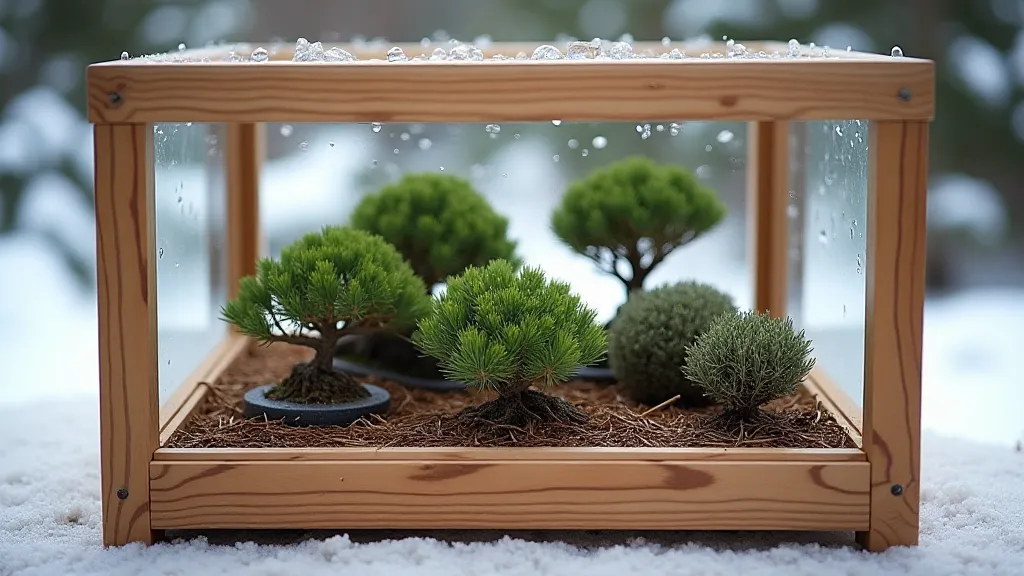
Beyond the Physical: The Importance of Observation
Just as my grandfather would examine each accordion part, meticulously assessing its condition, so too must we observe our juniper bonsai throughout the winter. Look for signs of distress: discoloration, wilting needles, or unusual growth patterns. These observations can provide valuable insights into the tree's health and allow you to adjust your protection methods accordingly.
He taught me that each instrument has a story to tell. The cracks, the faded paint, the worn keys – they’re all part of its history, evidence of the hands that played it, the rooms it filled with music. Similarly, each juniper bonsai bears the marks of its journey: the careful pruning, the patient wiring, the enduring seasons. Winter protection isn’t just about survival; it’s about honoring that history, safeguarding that essence, allowing the tree to emerge in the spring, revitalized and ready to continue its silent symphony.
Think of it as a deep act of respect—like meticulously cleaning the dust from an antique accordion’s keys, revealing the potential for beautiful melodies to once again fill the air. You’ve been entrusted with its care, its continued existence. By offering it a 'hibernal embrace', you’re not merely protecting a plant; you’re safeguarding a living work of art.
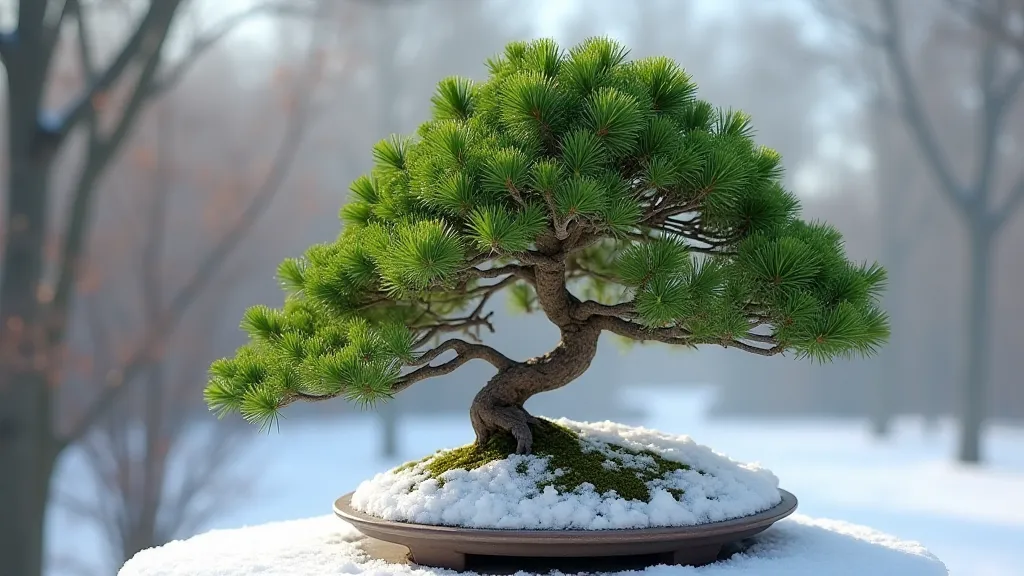
Considerations for Different Varieties
While the core principles remain the same, certain juniper varieties might require slightly different approaches. 'Procumbens Nana', for example, with its low-growing habit, may be more susceptible to ground frost and benefit from being elevated slightly within a cold frame. Upright varieties like 'Blue Star' might need more shielding from sunscald. Research the specific needs of your juniper variety to tailor your winter protection accordingly.
